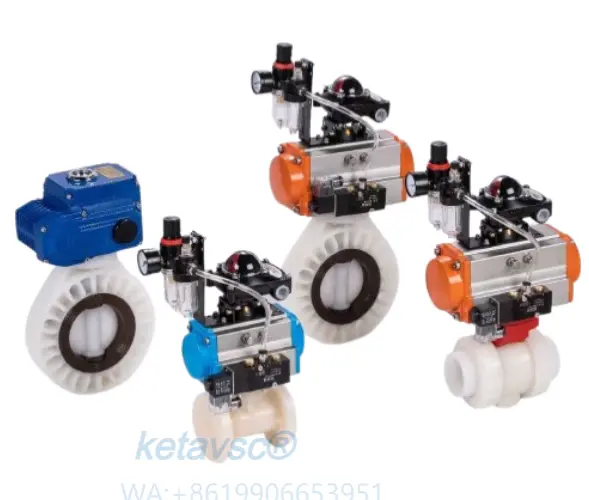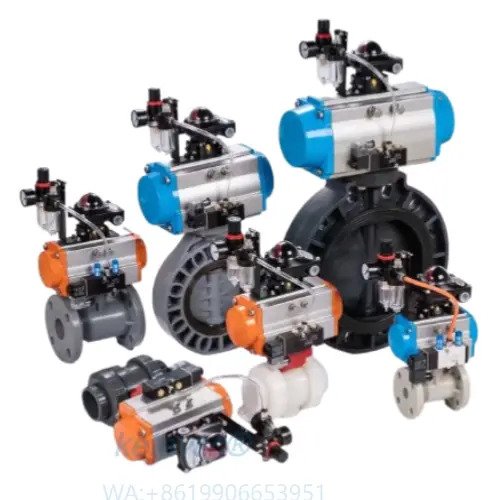what are industry valves and specifications
industry valves are key devices used to control the flow, pressure and direction of fluids such as liquids, gases, gases and solids. They are widely used in oil, gas, chemical, power, shipping, environmental protection, food and beverage industries. The main functions of industrial valves include
Truncation and regulation: control the flow of fluid, such as stop valves, regulating valves, etc.
Diversion and counterflow prevention: Changing the flow path of the fluid, such as a check valve.
Pressure regulation and diversion: To maintain a stable fluid pressure, or flow in a specific direction, such as an overflow valve.
Pressure relief: Valves are used for safe pressure relief in ultra-high pressure or ultra-high temperature environments.
The structure of industrial valves usually includes valve body, seat, stem, opening and closing parts (such as disc, plug body, gate, disc and diaphragm, etc.), driving mechanism (such as valve stem and drive device), seals (such as packing, gasket, etc.) and fasteners. They can be classified according to different criteria, such as regulation form, body material, drive mode, temperature range and pressure range.
In addition, industrial valves are used in a wide range of fields, including but not limited to petrochemical, hydropower station, metallurgy, Marine, food and medicine, environmental protection and sewage treatment, gas and pipelines. With the development of technology, industrial valves are constantly innovating and advancing in design and function to adapt to more complex and harsh industrial environments.
The importance of industry valves
industry valves are an important part of the fluid control system, widely used in petroleum, chemical, electric power, metallurgy, pharmaceutical and other industries. Their main function is to control the flow, pressure, direction of the fluid, etc., to ensure the stable operation of the entire industrial process. Once there is a problem with the valve, it may not only lead to the shutdown of the production line, but also may cause serious safety accidents.
Types and characteristics of industry valves
There are many kinds of industrial valves, including globe valves, ball valves, butterfly valves, regulating valves, etc. Each valve has its own unique characteristics and application scenarios. For example, the globe valve has simple structure, good sealing, and is suitable for cutting off fluids; Ball valve flow resistance is small, fast switching, suitable for quick opening and closing occasions; Butterfly valve small size, light weight, suitable for large diameter, large flow pipeline.
Innovation and development of industry valves
With the progress of science and technology and the development of industry, industrial valves are also constantly innovating. Now, more and more intelligent valves are used in the industrial field. These valves have remote monitoring, automatic regulation, fault diagnosis and other functions, greatly improving production efficiency and safety. At the same time, the application of new materials and new processes also makes the performance of the valve more excellent and the life span longer.
Selection and application of industry valves
When selecting industrial valves, it is necessary to comprehensively consider the specific use scenario, fluid properties, working pressure and other factors. Choosing the right valve can not only ensure the stable operation of the production line, but also reduce maintenance costs and improve economic benefits.

Structural feature classification of industry valves
(1) Closure door: the opening and closing parts (valve disc) are driven by the valve stem along the center line of the seat for lifting movement;
(2) Cock type: the opening and closing part (gate valve) is driven by the valve stem along the center line perpendicular to the seat for lifting and moving;
(3) Plug valve: the opening and closing part (cone plug or ball) rotates around its own center line;
(4) Swing valve: the opening and closing parts (valve disc) rotate around the axis outside the seat;
(5) Adjustment row: the opening and closing parts (disks) rotate around the fixed shaft in the seat;
(6) Slide valve line: the opening and closing parts slide in the direction perpendicular to the channel.
Connection method classification of industry valves
(1) Threaded valve: The valve body has internal or external threads and is connected with pipe threads.
(2) Flange connection valve: the valve body has a flange and is connected with the pipe flange.
(3) Welded connection valve: the valve body has a welded groove and is welded with the pipeline.
(4) Clamp connection valve: the valve body has a clamp and is connected with the pipe clamp.
(5) Sleeve connection valve: with the pipe using sleeve connection.
(6) Clamp connection valve: Use bolts to directly clamp the valve and two pipes together
Valve body material classification of industry valves
(1) Metal valve: the valve body and other parts are made of metal materials. Such as cast iron valve, carbon steel valve, alloy steel valve, copper alloy valve, aluminum alloy valve, lead alloy valve, titanium alloy valve, Monel alloy valve and so on.
(2) Non-metallic valve: the valve body and other parts are made of non-metallic materials. Such as plastic valve, ceramic valve, boring valve, fiberglass valve and so on.
(3) Metal valve body lined valve: the valve body shape is metal, and the main surface in contact with the medium inside is lined, such as rubber lined valve, plastic lined valve, ceramic lined valve, etc.








